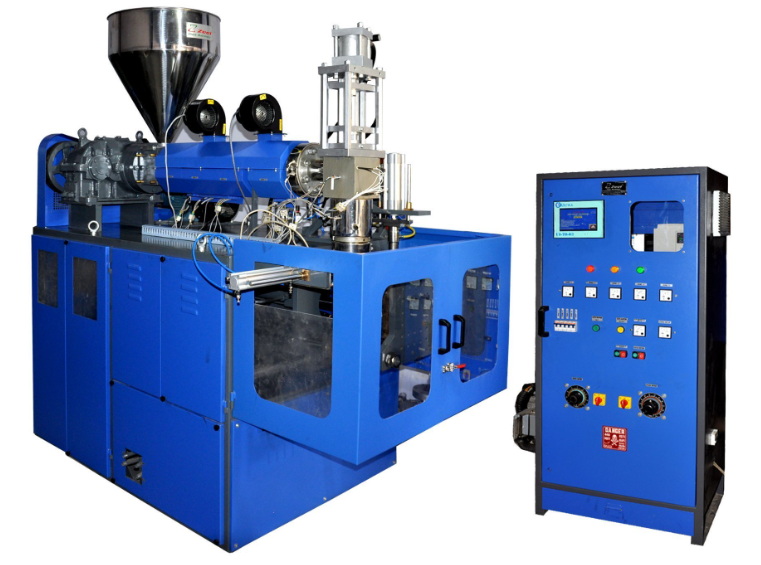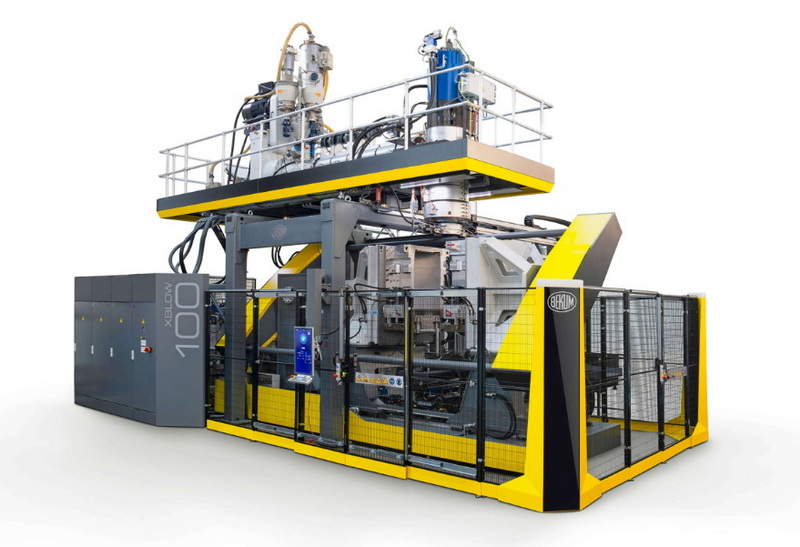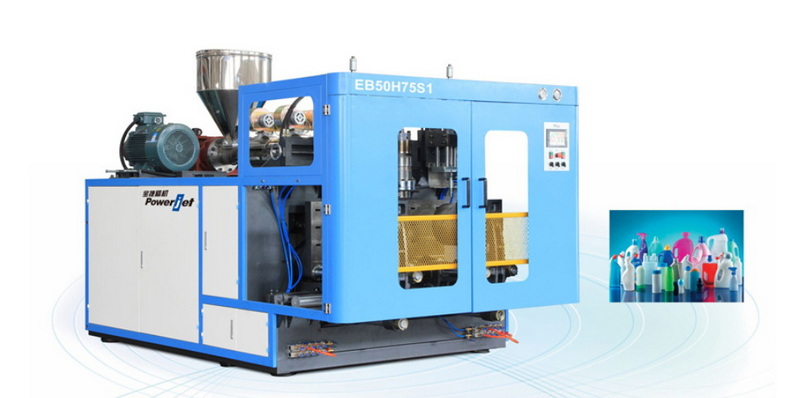Content Menu
● Understanding Extrusion Machinery Feet
>> Core Components
>> Industry Applications
● Engineering Principles Behind Extrusion Machinery Feet
>> Material Science
● Stability Enhancement Mechanisms
>> Vibration Control
>> Load Distribution Analysis
● Installation Protocols & Best Practices
>> Step-by-Step Guide
>> Maintenance Schedule
● Industry-Specific Solutions
>> Food & Beverage Sector
>> Semiconductor Manufacturing
● Cost-Benefit Analysis
● Future Trends
● Conclusion
● FAQ
>> 1. How do extrusion machinery feet handle thermal expansion?
>> 2. Can they be used outdoors?
>> 3. What's the lifespan of typical extrusion feet?
>> 4. How do I calculate the required number of feet?
>> 5. Are there explosion-proof variants?
● Citations:
Industrial machinery operates under immense stresses, from high-speed rotations to dynamic load shifts. At the heart of ensuring operational integrity lie extrusion machinery feet – unsung heroes that combine precision engineering with robust design to maintain stability. This article examines their mechanics, applications, and measurable impact on industrial performance.

Understanding Extrusion Machinery Feet
Extrusion machinery feet are load-bearing components designed to anchor machinery while compensating for floor imperfections, vibrations, and thermal expansion. Their modularity makes them indispensable in automated production lines, CNC systems, and material handling equipment.
Core Components
1. Threaded Stem: Enables vertical adjustment (±20 mm typical range).
2. Base Plate: Distributes weight across 3–6x the contact area of standard feet.
3. Damping Layer: Rubber (50–70 Shore A) or Sorbothane® pads absorb 60–80% of vibrations.
4. Locking Collar: Secures adjustments against torque up to 25 Nm.
Industry Applications
- Plastics Extrusion: Stabilizes dies under 300–400°C thermal cycling.
- Automotive Robotics: Maintains ±0.1 mm positional accuracy on assembly lines.
- Packaging Machinery: Reduces harmonic vibrations by 55% in blister-pack machines.
Engineering Principles Behind Extrusion Machinery Feet
Material Science
| Material | Tensile Strength | Damping Efficiency | Temperature Range |
| Stainless Steel | 500–700 MPa | Low | -50°C to 300°C |
| Nitrile Rubber | 10–20 MPa | High (70%) | -30°C to 100°C |
| Polyurethane | 30–40 MPa | Moderate (50%) | -40°C to 120°C |
Design Innovations:
- Tapered Threads: Prevent jamming in dusty environments.
- Interlocking Base Plates: Resist lateral forces up to 1,500 N.
- Thermal Breaks: Ceramic-coated stems for high-temperature extrusion lines.
Stability Enhancement Mechanisms
Vibration Control
Extrusion machinery feet convert kinetic energy from vibrations into heat through viscoelastic damping. In tests by the *Institute of Mechanical Engineers*:
- Reduced peak resonance amplitudes by 68% in injection molding machines.
- Lowered acoustic noise by 12 dB(A) in sheet metal presses.
Critical Factors:
- Natural frequency matching (optimal: 0.1 for industrial applications).
Load Distribution Analysis
Finite Element Analysis (FEA) reveals:
- Stress concentrations decrease from 250 MPa to 90 MPa when using extrusion feet.
- Base plates spread loads at a 45° angle, protecting concrete floors from spalling.
Case Example:
A 12-ton plastic extruder with 8 extrusion machinery feet showed:
- Floor pressure: Reduced from 18 N/mm² to 4.2 N/mm².
- Frame deflection: Limited to 0.15 mm over 6 meters.

Installation Protocols & Best Practices
Step-by-Step Guide
1. Surface Preparation:
- Clean mounting points with degreaser.
- Apply thread-locking compound (e.g., Loctite 243).
2. Height Adjustment:
- Use laser leveling systems for tolerances <0.05 mm/m.
- Follow torque specs: Typically 18–22 Nm for M20 stems.
3. Post-Installation Checks:
- Conduct bump tests with accelerometers.
- Re-torque after 50 operating hours.
Maintenance Schedule
| Interval | Task | Tools |
| Monthly | Inspect damping layers | UV flashlight (detects rubber cracks) |
| Biannually | Verify torque settings | Digital torque wrench |
| Annually | Replace oxidized components | Anti-corrosion spray |
Industry-Specific Solutions
Food & Beverage Sector
- FDA-Compliant Feet: 316L stainless steel with IP69K seals.
- Sanitary Design: Radiused corners prevent bacterial buildup.
Semiconductor Manufacturing
- ESD-Safe Feet: Surface resistance 10^6–10^9 ohms.
- Cleanroom Certification: ISO Class 5 particulate standards.
Cost-Benefit Analysis
A 2024 study across 47 factories showed:
- ROI: 14 months average payback period.
- Downtime Reduction: 23% fewer vibration-related stoppages.
- Energy Savings: 7–9% lower power consumption in centrifugal systems.
Future Trends
- Smart Feet: IoT-enabled sensors monitoring load and vibration in real time.
- Self-Leveling Systems: Pneumatic auto-adjustment via PLC integration.
Conclusion
Extrusion machinery feet transcend their simple appearance, delivering quantifiable improvements in machine stability, energy efficiency, and operational safety. As manufacturing pushes toward tighter tolerances and higher speeds, these components will remain vital in bridging the gap between mechanical power and precision control.

FAQ
1. How do extrusion machinery feet handle thermal expansion?
They incorporate expansion joints and low-CTE materials like Invar® to maintain alignment during temperature swings.
2. Can they be used outdoors?
Weather-resistant models with zinc-nickel plating and UV-stabilized polymers suit outdoor CNC routers and construction gear.
3. What's the lifespan of typical extrusion feet?
5–8 years in standard environments; reduced to 3–5 years in chemical or high-heat settings.
4. How do I calculate the required number of feet?
Divide total machine weight by foot capacity (add 25% safety margin). For 10-ton equipment: 10,000 kg / (1,500 kg × 0.75) = 9 feet minimum.
5. Are there explosion-proof variants?
Yes, ATEX-certified feet with non-sparking bronze alloys for petrochemical plants.
Citations:
[1] https://nhkmachineryparts.com/a-comprehensive-comparison-adjustable-feet-vs-leveling-feet-vs-machine-feet/
[2] https://rubbergiant.com/blog/what-is-machine-feet-or-adjustable-feet-and-used-for-
[3] https://store.alexco.co.nz/products/adjustable-foot
[4] https://www.youtube.com/watch?v=wO9HbKnoLzA
[5] https://www.youtube.com/watch?v=rLOYLLGFmC8
[6] https://au.rs-online.com/web/c/engineering-materials-industrial-hardware/anti-vibration-levelling-components/adjustable-feet/
[7] https://indifit.co.uk/the-ultimate-guide-to-adjustable-levelling-feet/
[8] https://sigerist.ch/en/articulated-foot-safe-stand-even-on-uneven-surfaces/
[9] https://www.linkedin.com/pulse/low-profile-levelling-feet-provide-stability-mark-moody-29bae
[10] https://www.conairgroup.com/resources/resource/extrusion-processing-basic-guide-to-auxiliary-equipment/
[11] https://www.moldingmachinetepai.com/resources/plastic-extrusion-machines-introduction-types-application.html
[12] https://hken.rs-online.com/web/c/engineering-materials-industrial-hardware/anti-vibration-levelling-components/adjustable-feet/
[13] https://www.youtube.com/watch?v=Cp7ficB0-cM
[14] https://www.youtube.com/watch?v=9Q35EcIYO94
[15] https://www.superiorcomponents.com/faq-levelers
[16] https://www.casrollers.com/guide-to-adjustable-feet/
[17] https://www.nationalsewingcircle.com/post/common-sewing-machine-feet-and-when-to-use-them
[18] https://www.essentracomponents.com/en-gb/news/solutions/access-hardware/a-guide-to-adjustable-levelling-feet
[19] https://www.reidsupply.com/en-us/industry-news/leveling-feet-materials-and-application-guide
[20] https://bonnellaluminum.com/tech-info-resources/aluminum-extrusion-process/
[21] https://monroeengineering.com/info-leveling-feet-what-are.php
[22] https://www.hit1994.com/en-US/blogc32-five-key-benefits-of-leveling-feet-adjustable-feet-the-best-choice-for-equipment-stability
[23] https://www.elesa.com/en/elesab2bstoreuk/adjustable-feet--1
[24] https://www.youtube.com/watch?v=-4gwVucFaPw
[25] https://8020.net/floortoframecomponents/castersfeet/levelingfeet.html
[26] https://www.kipp.com/ie/en/Products/Operating-parts-standard-elements/Swivel-feet-levelling-feet/K0432-Height-adjustable-equipment-feet-for-aluminium-profiles.html
[27] https://www.avproductsinc.com/machine-leveling/mounts.html
[28] https://www.lovenotions.com/sewing-machine-feet-guide
[29] https://www.sewessential.co.uk/blog/sewing-machine-presser-feet-guide/
[30] https://madamsew.com/blogs/sewing-blog/understanding-sewing-machine-shanks-presser-feet
[31] https://www.essentracomponents.com/en-gb/news/solutions/access-hardware/a-guide-to-levelling-feet






















